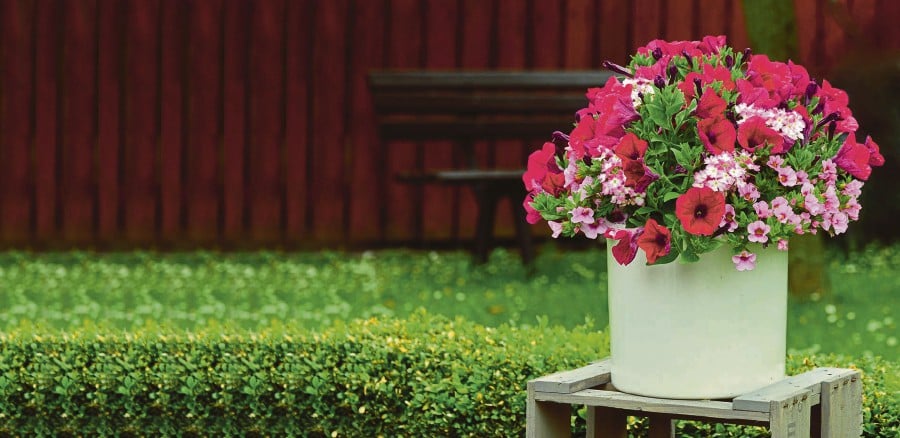
(File pix) Petunias.
HAVE you ever wondered what’s the difference between annuals, perennials and biennial plants?
Do you know which types are better in your garden? The truth is, all three are essential in any garden.
You can have annuals, perennials and biennial plants in your garden and they will give you blooms throughout the year in a rainbow of colours.
Just as people grow and change throughout their lifetime, plants also have a certain growth and development pattern.
ANNUALS
Annuals are plants that perform their entire life cycle from seed to flower. They are called annual plants as they only have a one-year life span. Basically they grow from seed, bloom, produce seeds and die in one growing season.
You can replant them from the seeds that they produce. They require moist, but not soggy soil after planting.
Annuals can be a great choice for a roadside flower bed or a flower bed in your garden as they are eye-catching.
Some favourite annuals are petunias, marigolds, begonia, sweet pea, sunflower, pansy, moss rose and morning glory.
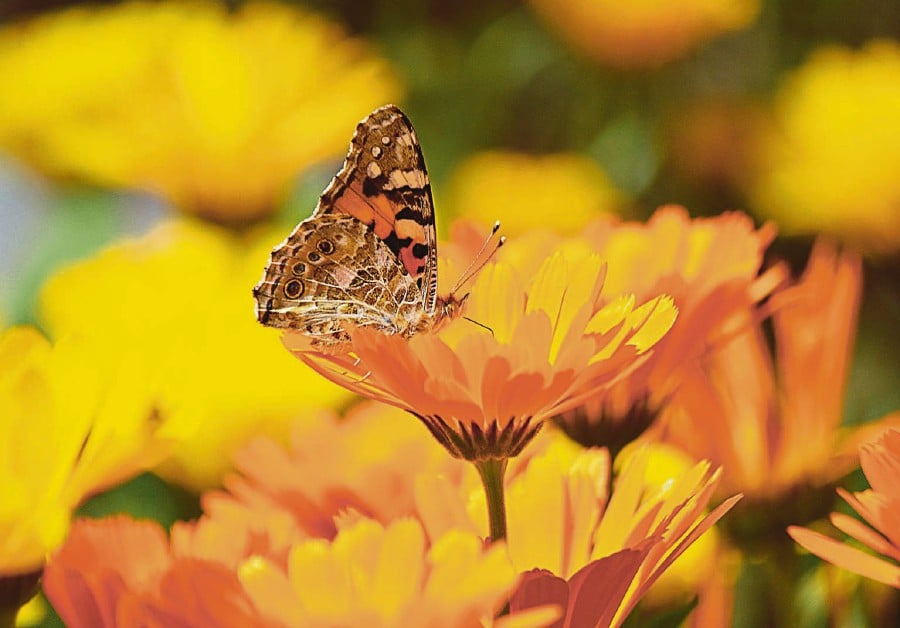
(File pix) Marigold.
PERENNIALS
Perennial plants live for more than two years. They return year after year and continue growing until they reach maturity.
Hardier perennials can return year after year for almost 20 years. These is because perennials have structures like bulbs and rhizomes that allow them to survive for many years.
Perennial plants may require moist or dry soil. Usually, smaller plants need a lot of moisture to keep their roots healthy.
Unlike annuals, perennials bloom for just a short time, usually two to three weeks each year.
Popular perennial flowers include tulips, daffodil, iris, dahlia, asters and lily.
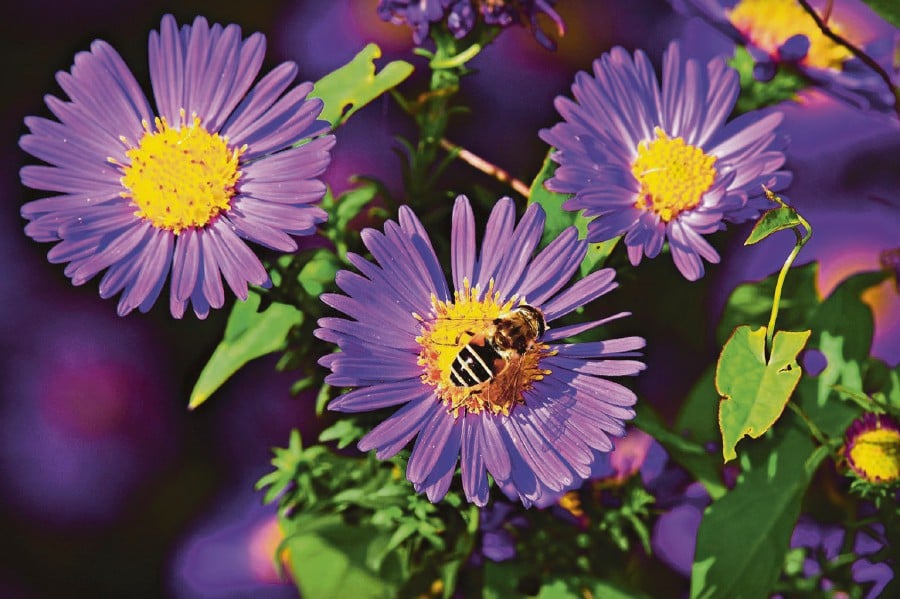
(File pix) Aster.
BIENNIALS
Biennial plants have a two-year life cycle. They grow as green plants in their first year and bloom in the second year.
After they bloom and produce seeds, biennial plants then die.
Examples of biennial plants include foxgloves, forget-me-not and hollyhocks.
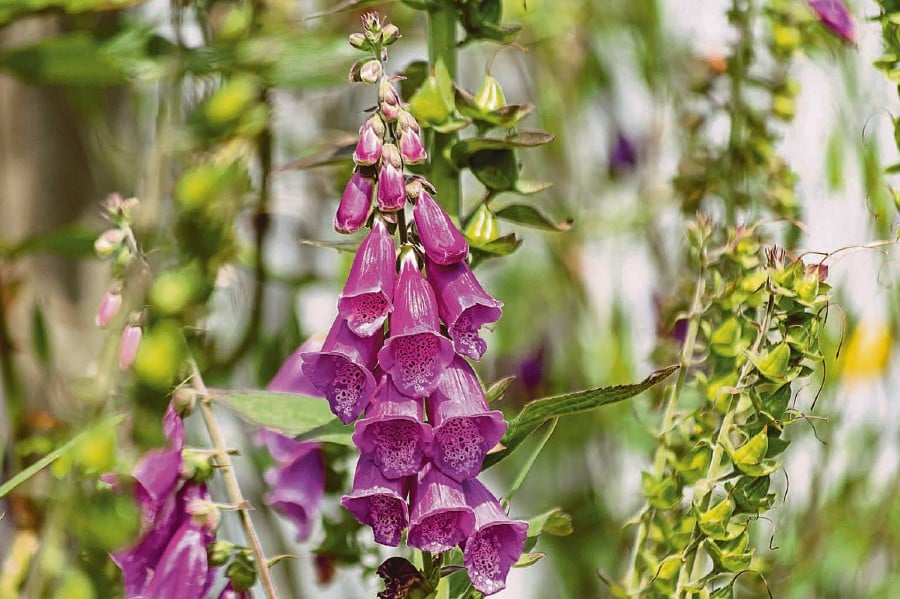
(File pix) Foxglove.
Tips for planting annuals, perennials and biennial plants:
1. Mix them all up
A variety of plant types add long-lasting beauty and provide habitat for many different garden visitors.
2. Pick the right spot
Place plants in full sun if you can. Placing them in a shady area may prevent their growth and attract all kinds of garden pests.
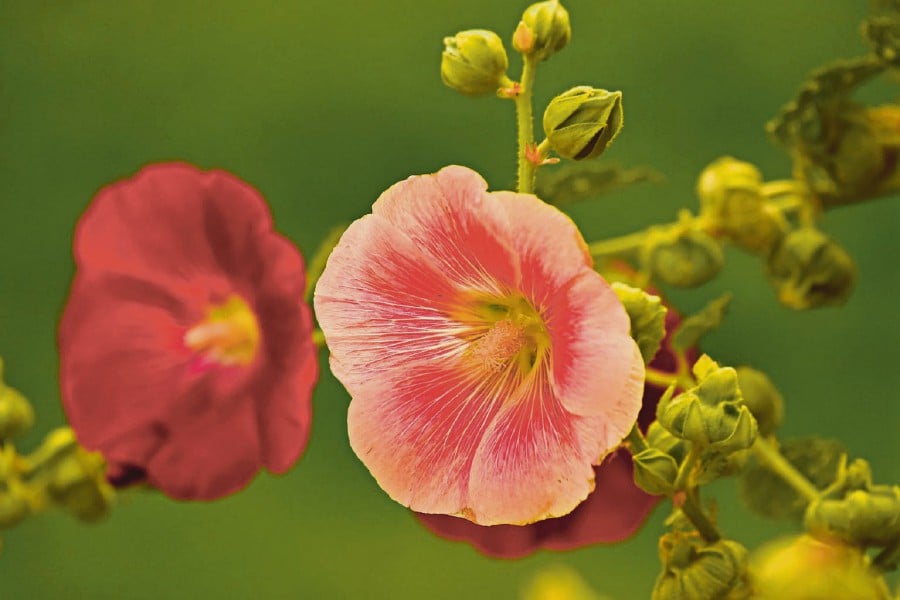
(File pix) Hollyhocks.
3. Help promote their growth
Water all the plants regularly after planting. Be sure to preserve moisture and keep weeds away because they could end up killing your plants as they try to compete for water and nutrients. Add fertiliser but follow instructions in order not to over-fertilise. Too much fertiliser can prevent the plants’ growth and even kill them.
4. Maintenance
Planting various plants doesn’t stop at the planting process. You have to maintain the plants regularly. Pick up dried leaves to make sure diseases and pests don’t come about. If the trees grow too big or wild, replant some in different spots.

(File pix) Lily.
No comments:
Post a Comment